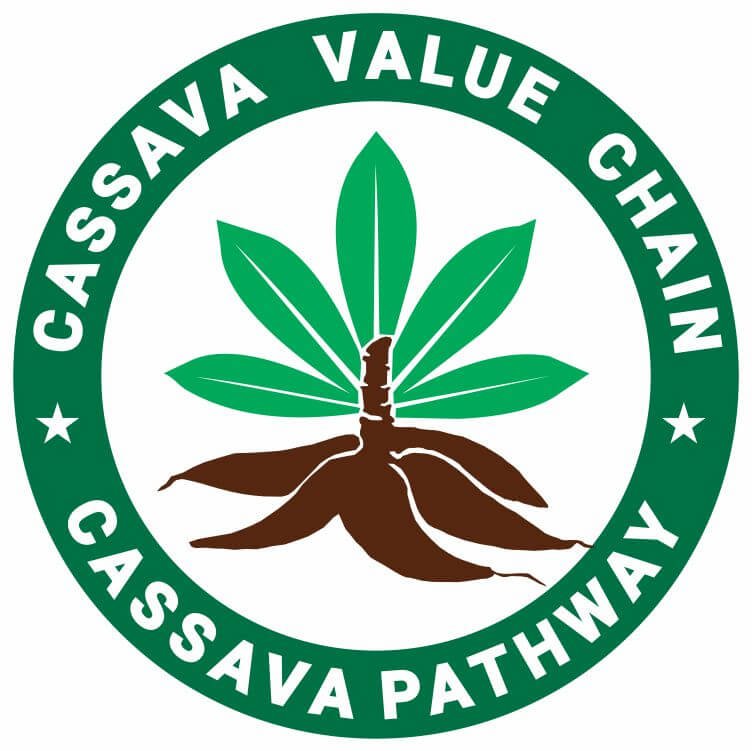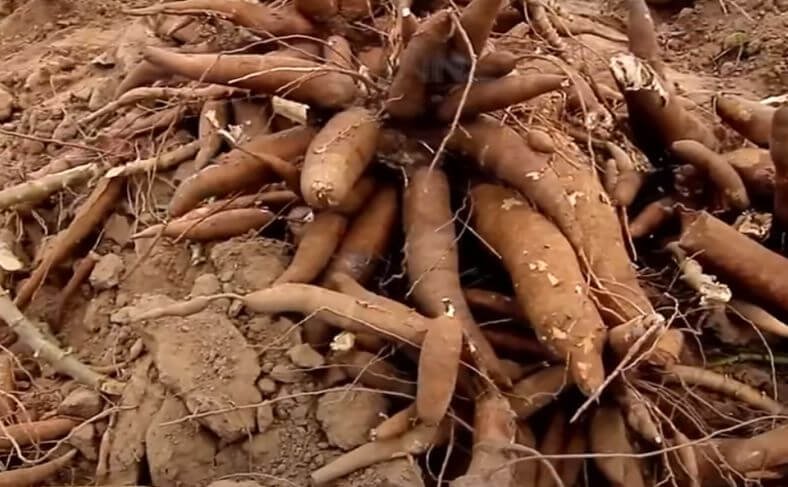The cassava root, or yuca root, is a cassava plant tuber native to South America prepared by cooking, frying, or roasting, and is poisonous when eaten unprocessed.
The cassava root is widely cultivated in tropical regions. Renowned for its source of carbohydrates, it is used in various culinary and industrial applications, from flour to tapioca pearls.
The tapioca tuber, like many other roots, has many parts, from the outer skin to the inner core, both visible and hidden.
This guide will discuss and describe the cassava root’s anatomy, nutritional benefits, and diverse uses, highlighting its importance in the cassava value chain and global business.
New to the cassava crop? Start here.
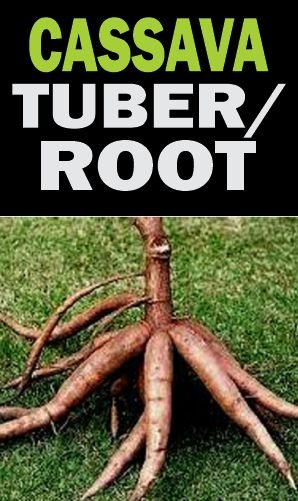
Table of Contents
- What is the Cassava Root/Tuber? Description
- Benefits of Cassava Root
- Anatomy of Cassava Root
- Cassava Root in the Cassava Value Chain
- Composition of the Cassava Root
- Behaviour of the Yuca Root
- The Water Content of the Cassava Tapioca Root
- Recipes and Variations of the Tapioca Root
- Danger of Raw Cassava Root
- Final Word from Cassava Pathway
- Frequently Asked Questions
What is the Cassava Root/Tuber? Description
Cassava develops thick, fleshy roots that can reach up to two feet in length and weigh several pounds. These tapioca roots are part of the plant that is harvested and consumed as yuca root.
The cassava root has a tough, brown outer skin that protects the white flesh inside. It is naturally gluten-free but contains cyanogenic glycosides, which must be removed through proper cooking or processing to prevent toxicity.
The outer skin must be peeled before consumption, as it can be bitter and tough. The inner flesh is soft and slightly sweet, with a texture similar to that of a potato.
The tapioca root has a slightly nutty flavor that pairs well with a variety of seasonings and sauces, but cannot be eaten raw.
Related: The Cassava Leaves
Benefits of Cassava Root
Cassava root tuber is an excellent source of carbohydrates, providing long-lasting energy for daily activities.
It contains fiber for better digestion, vitamin C for immune support, and resistant starch to help regulate blood sugar.
Being naturally gluten-free, it serves as a safe alternative for those with gluten intolerance. Cassava is processed into flour, starch, fufu, and garri, making it a key ingredient in many traditional and modern dishes.
Proper preparation removes harmful compounds, ensuring safe consumption. Beyond food, cassava plays a role in biofuel production, animal feed, and biodegradable products.
Its nutritional value and industrial applications make it a vital crop for food security and economic growth in many regions. See a dedicated post on the cassava root benefits.
Related Posts
Modern Methods of Cassava Processing
Different Ways to Cook Cassava Root
When is Cassava Ready for Harvesting?
Best Practices in Cassava Farming
Cassava Roots in the Global Market
Top Producers of Cassava Tubers in the World
Is Cassava Good for Losing Weight?
Anatomy of Cassava Root
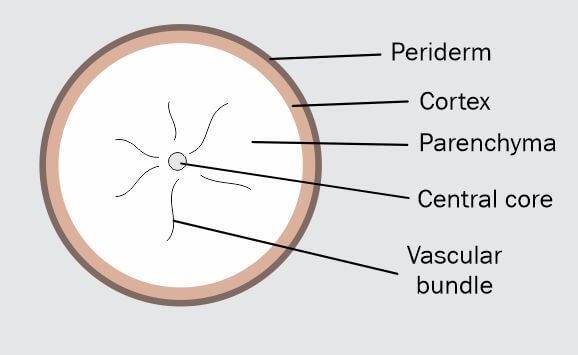
While cassava is popular and is known in different forms like tapioca starch or flour, people have little knowledge of the root, especially those outside the regions that cultivate it.
What you first notice about the cassava root is the periderm:
1. Periderm: The Outer Skin
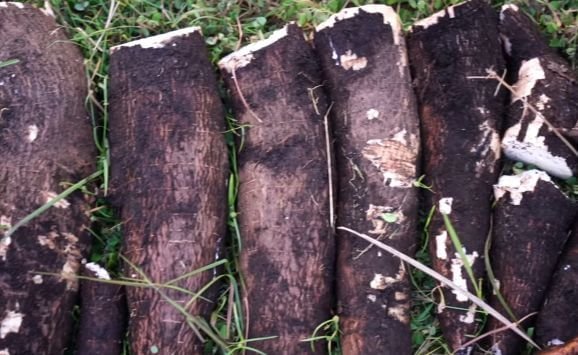
The periderm is the outermost layer of the cassava root which is the rough, thick, and brown skin that protects the inner parts.
The periderm is roughly tough, making it a protective shield for the inner parts from minimal damage, pests, and environmental factors.
The periderm is peeled during processing for consumption, giving way to the white, tender part.
2. Cortex: The Protective Layer
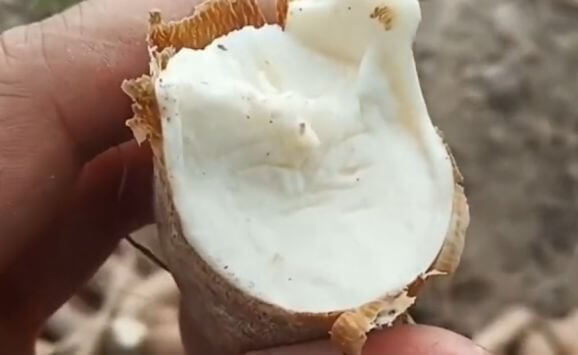
Under the periderm is the cortex, which is a thicker, tougher second layer that can be cream, brown, or red.
The cortex serves as a backup protection for the epidermis, though not as rough. In commercial processing, this layer is usually removed along with the periderm.
The cortex contains some nutritional compounds but is not consumed due to its fibrous nature.
3. Parenchyma: The Edible Flesh
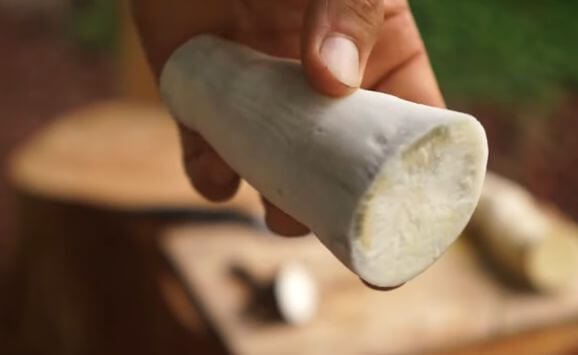
The most obvious part of the cassava root is the parenchyma, the large, starchy interior that makes up the bulk of the root.
This flesh is either white or yellowish, depending on the variety of cassava.
The parenchyma is rich in carbohydrates, primarily in the form of starch, making cassava a high-energy food source.
It is the part of the root that is processed into various forms, such as cassava flour, tapioca, and garri or fufu.
The parenchyma also contains some fiber, vitamins, and minerals, although it is predominantly a carbohydrate source.
Related: How to Peel Cassava the Right Way
4. Vascular Bundles: The Nutrient Highways
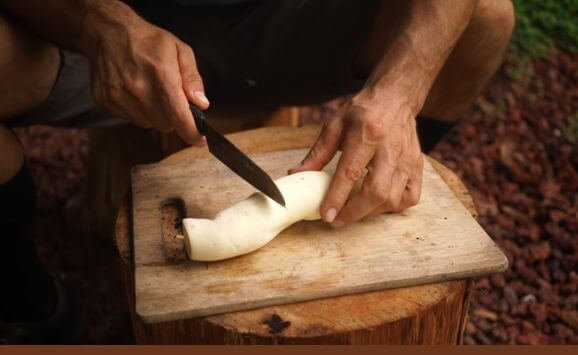
Scattered within the parenchyma are the vascular bundles, which are integral to the root’s function while it is still attached to the plant.
These bundles consist of xylem and phloem tissues, which transport water, nutrients, and food throughout the plant.
The xylem carries water and dissolved minerals from the roots to the rest of the plant, while the phloem distributes the sugars and other nutrients produced by photosynthesis to the root and other parts of the plant.
These vascular bundles are often visible as fine lines running through the flesh of the root.
5. Central Core: The Fibrous Heart

At the very center of the cassava root lies the central core, which is generally more fibrous and denser than the surrounding parenchyma.
It runs from the stem into the root. This core is not always distinct in every root, but when present, it can be slightly tougher and less desirable for consumption.
The central core contributes to the structural integrity of the root, helping it maintain its shape and withstand external pressures.
Cassava Root in the Cassava Value Chain
One interesting fact about cassava root is its central role in the cassava value chain and global food security.
It is highly efficient in producing food energy per unit of land, making it a vital crop in areas with challenging growing conditions.
Cassava’s ability to thrive in poor soils and under low rainfall conditions makes it a reliable food source during droughts and periods of food scarcity.
Thus, the cassava root is not only a pillar of traditional diets in many tropical countries but also a pivotal player in the fight against hunger and food insecurity worldwide.
Its combination of adaptability, nutritional content, resistant to digestion, and historical importance reflects its role in both subsistence farming and commercial agriculture.
Cassava is also a promising source of biofuels for renewable energy and has seen tremendous interest from industry players as a renewable energy replacement for gasoline.
Composition of the Cassava Root
Cassava root, also called yuca, is mainly composed of carbohydrates, making it a reliable energy source in many tropical diets.
Its starch content is especially high, which explains its popularity in gluten-free cooking and processed foods.
Though low in fat and protein, cassava provides a small amount of dietary fiber that supports digestion.
It also contains key vitamins such as vitamin C, thiamine, riboflavin, and folate, along with essential minerals like calcium, potassium, magnesium, phosphorus, and iron.
Cassava is naturally cholesterol-free and low in sodium, making it a heart-friendly food when prepared healthily.
However, raw cassava contains cyanogenic glycosides that must be removed through proper cooking or fermentation.
Once processed safely, cassava can be boiled, roasted, fried, or turned into flour for baking.
Because of its composition and versatility, cassava continues to serve as a staple crop for millions worldwide.
The yuca root can be prepared in various ways, including boiling, frying chips, or roasting, and is often used as a substitute for potatoes in recipes. It can also be used to produce cassava flour for baking and pastries.
See a comprehensive post on cassava nutritional information.
Behaviour of the Yuca Root
In terms of behavior, yuca root behaves much like other root vegetables. It can be stored in a cool, dry place for up to a few days or frozen for longer storage.
The root can be cooked in a variety of ways, from boiling and mashing to frying and baking. It can also be used to make flour, which is then used in baking and cooking.
When selecting the root, look for hard roots with no signs of cracking or discoloration. Whole cassava roots can be stored at room temperature for up to a week or peeled, cut into chunks, and frozen for future use.
Packages of peeled yuca pieces can be found in the frozen food sections of Caribbean, Latin American, Indian, and Asian groceries.
Related: How to plant and grow cassava
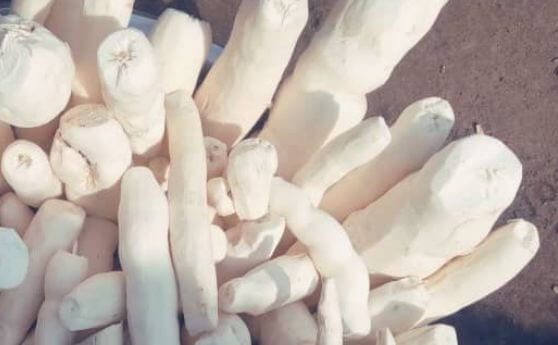
The Water Content of the Cassava Tapioca Root
One of the most interesting aspects of yuca root is its water content. The root is made up of about 60-70% water, which gives it a moist and juicy texture when cooked.
This high water content also contributes to the root’s starchy content and cyanide composition.
Recommended: How to Store Cassava Roots
Recipes and Variations of the Tapioca Root
Yuca root can be used interchangeably with potatoes and sweet potatoes in many recipes and is a raw material for the production of manioc flour for baking and pastries.
It can be added to stews, mashed for savory side dishes, and baked or fried to make crunchy fries. It can also be used to produce fufu, garri also called cassava flakes, and more.
Danger of Raw Cassava Root
The cassava root can be dangerous if consumed raw or improperly prepared. This is why it is important to process cassava roots by cooking, roasting, fermenting, drying and other ways to remove the harmful compounds.
Raw cassava contains cyanogenic glycosides that can release cyanide into the body, leading to acute toxicity or chronic health issues.
Cyanide poisoning can cause impaired thyroid and nerve function, paralysis, organ damage, and even death.
Proper processing, such as soaking and cooking, can reduce the content of these harmful chemicals in the tapioca root.
Consuming cassava in moderation and ensuring proper preparation are crucial to avoid adverse health outcomes.
Final Word from Cassava Pathway
The cassava root is a vegetable that offers a range of health benefits. From its development and growth in the soil to its size, composition, behavior, and shelf life, yuca root is a valuable addition to any diet.
Whether boiled, fried, or baked, this humble tapioca root vegetable has the potential to add depth and flavor to a variety of dishes.
Next time you’re at the grocery store, be sure to pick up some yuca root and give it a try – you won’t be disappointed.
Frequently Asked Questions
What is the composition of the cassava plant root?
The yuca root is rich in carbohydrates and a good source of fiber, vitamins, and minerals.
How can the cassava plant root be stored and prepared?
It can be stored for a few days or frozen, and prepared by boiling, frying, or roasting.
What are the dangers of consuming raw cassava plant root?
Raw tapioca root contains cyanogenic glycosides that can release cyanide, leading to toxicity and health issues.
How is cassava plant root used in cooking?
The cassava plant root is used in cooking by peeling, boiling, and mashing it into a starchy paste or flour, which can be used in various dishes like bread, pancakes, and fries. It can also be sliced and fried as chips.
Can cassava root be toxic if not prepared correctly?
Cassava plant roots can be toxic if not prepared correctly due to the presence of cyanogenic glycosides, which can release cyanide.
Properly soaking, cooking, or fermenting the root can help reduce the toxicity and make it safe to eat.
Is cassava yuca root gluten-free?
Yuca root is gluten-free, making it a suitable alternative for those with celiac disease or gluten sensitivity. It can be used to make gluten-free flour, bread, and other baked goods.
What is the difference between cassava root and yuca root?
Cassava root and yuca root refer to the same plant – Manihot esculenta.
The term “cassava” is more commonly used in Africa and Asia, while “yuca” is more common in South America. There is no difference between the two.
How long does cassava plant root stay fresh after harvesting?
Cassava plant root can stay fresh for about one to three weeks after harvesting if stored in a cool, dark, and well-ventilated place. Proper handling and storage can help prolong its shelf life.
Can cassava root be frozen for storage?
Cassava plant root can be frozen for storage to extend its shelf life. To freeze cassava root, peel and cut it into chunks, blanch them in boiling water, then cool and freeze in airtight containers for up to six months.
Citations:
- What Is It? Yuca (Cassava) Root – Lakewinds Food Co-op https://www.lakewinds.coop/blog/what-is-it-yuca-cassava-root/
- Yuca Root Information and Facts – Specialty Produce https://specialtyproduce.com/produce/Yuca_Root_2008.php
